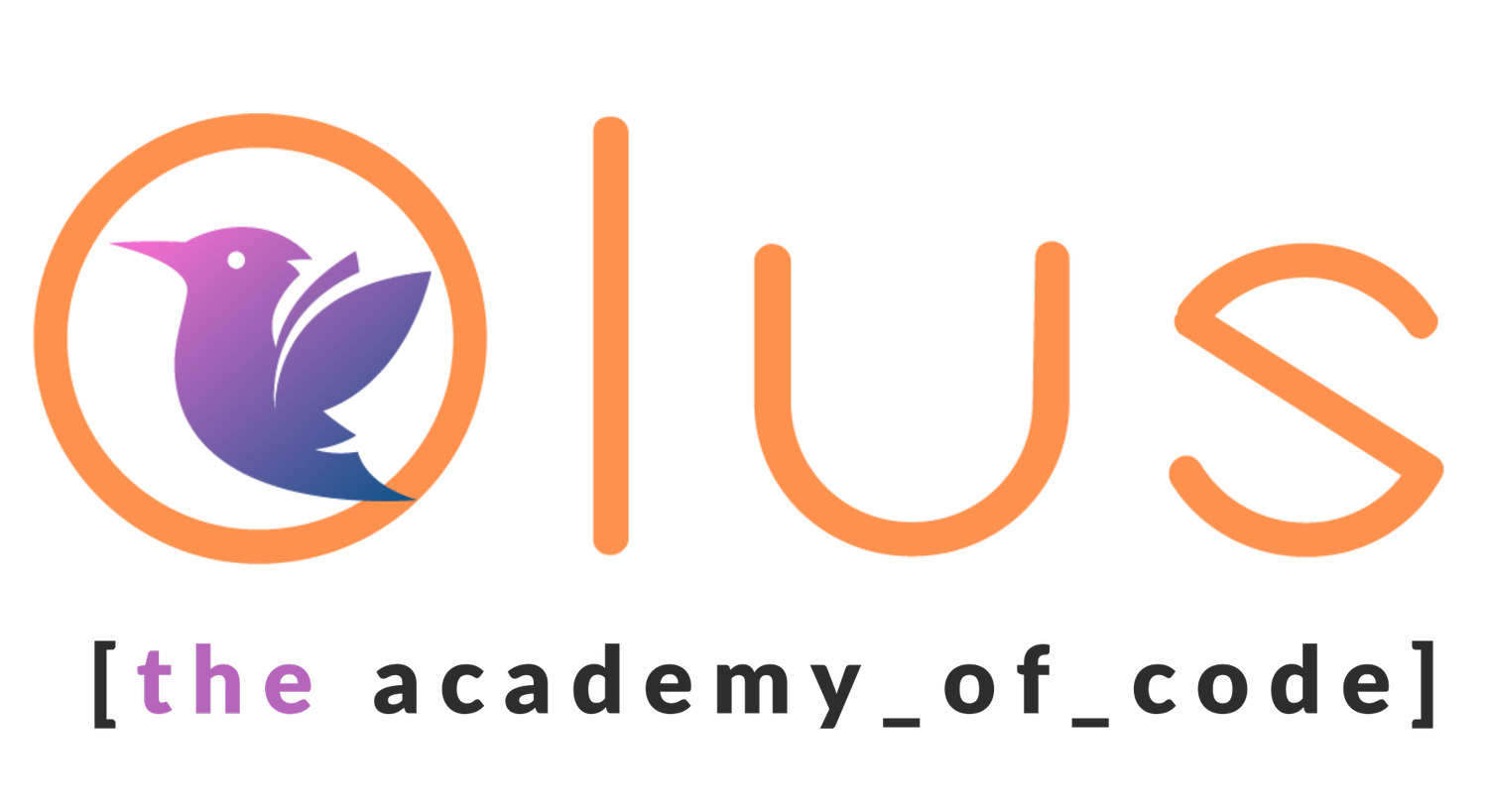12 weeks done - flashed by in the blink of an eye! - and not a whole lot more to say here about what was covered. We're looking forward now, to January and to next summer, and we have a whole heap of new things in store for both new and returning students.
Speaking of returning students, we hosted parents' night this past week, in the second half of the final classes of term. As you might expect there were a couple of students who ran into Muphry's law in relation to demoing software live (that's a lesson for next term - never demo your software live!), but overall most parents seemed to be somewhere on the "happy" to "blown away" end of the scale in terms of their reactions to the final projects.
And speaking of blown away, we've been blown away by the feedback from those parents, and by the number of students who have promised they'll be back to us next term. Not that we want to count our chickens prematurely, but even the fact that so many are interested in coming back is a wonderful affirmation of what we're doing. We were also pleasantly surprised that all of those parents were pretty much across the board delighted with the classes, and with the progress their kids have made over the past 3 months.
As communicated to many of those parents, the biggest challenge we've run into this year has been simply churning out lesson plans and project ideas fast enough to keep ahead of the class. It's a wonderful problem to have, but at the same time it's also nice to now have a month to put a bit of breathing room between us and them! We'll be tweaking our "new students" course content over Christmas, but what's really exciting us is the possibilities for the returning students. While we're relatively constrained in what we can do early on, with three months under their belts there is suddenly a whole world of options for us to explore next year.
No firm decisions have been made just yet, but we have a couple of demo apps coded up already (some students will have seen those last week) which are really whetting our appetites. If next term even comes half way to living up to its potential it's going to be an absolute blast!
Some screengrabs from the 2015 course. And this is just for starters!
After that there'll be summer camps (dates to be announced, and sign ups opening, early in the new year), but that's probably enough to be going on with for now.
Classes next year are taking signups already, and we do only have a finite number of places so don't hang around if you're hoping to nab a place!









